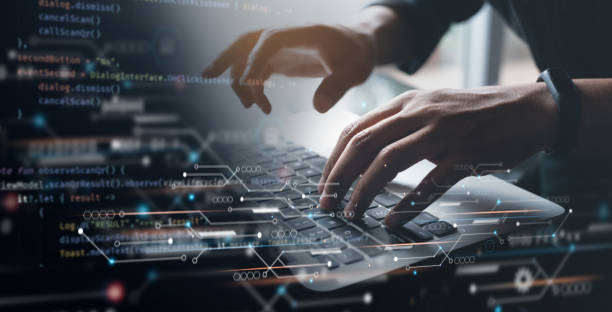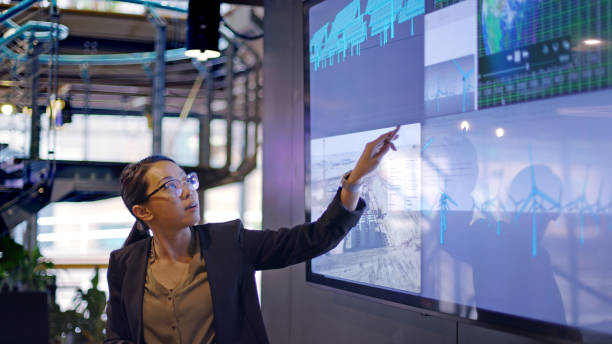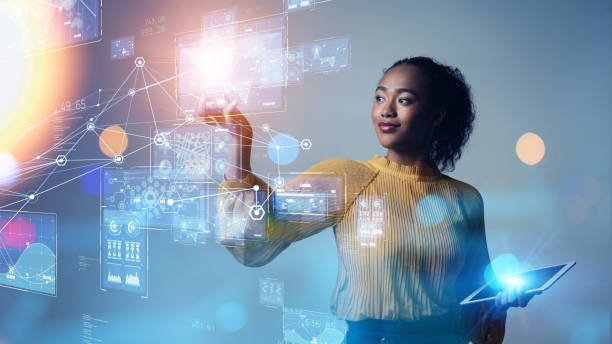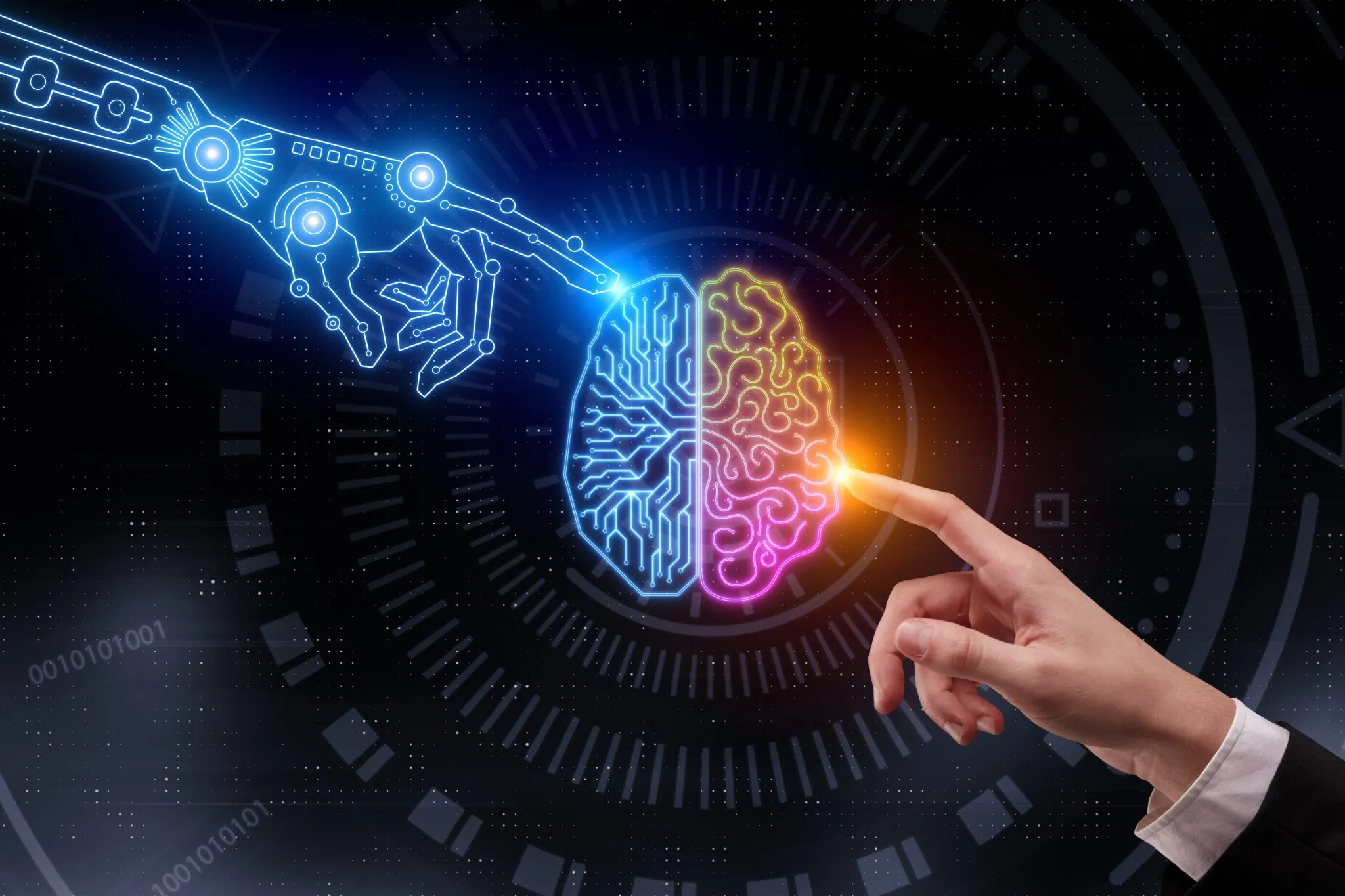IT current trends are largely driven by advancements in artificial intelligence, cybersecurity, cloud computing, and data science. These fields are transforming industries by improving efficiency, enabling new capabilities, and fostering innovation. AI and ML have become central to IT strategies.
IT Current Trends
Thanks to IT current trends, organizations are using AI-driven tools to automate processes, make data-driven decisions, and personalize user experiences. Chatbots, natural language processing (NLP), and computer vision are growing rapidly, with AI applications found in healthcare, finance, e-commerce, and customer service.
With the increase in digital transformation, cybersecurity has become crucial. Trends like zero-trust architecture, which verifies and secures each access point, and AI-powered cybersecurity tools are on the rise. Cyber resilience, where organizations build robust systems to prevent, detect, and recover from cyber incidents, is also becoming a key focus.
The shift to cloud computing is well underway within IT current trends, and hybrid cloud solutions that combine private and public cloud services are gaining popularity. Organizations are leveraging multi-cloud strategies to improve flexibility, data storage, and operational costs. Additionally, edge computing, where data processing happens near the data source, is evolving as a complement to cloud computing, especially for IoT.
With the rollout of 5G, high-speed internet connectivity is enabling faster data transfer, low-latency communications, and support for a massive number of devices. This technology is unlocking new possibilities in areas like autonomous vehicles, smart cities, and remote healthcare. The vast amount of data generated by organizations today is fueling advancements in data science.
Big data analytics, predictive analytics, and real-time data processing are also IT current trends that help businesses make informed decisions, understand consumer behavior, and optimize operations. Data democratization, where insights are made accessible across departments, is also trending. Blockchain technology is expanding beyond cryptocurrency into areas such as supply chain management, finance, and healthcare.
It offers transparency, security, and decentralization, which help reduce fraud and streamline operations. As environmental concerns rise, green IT practices are becoming more prevalent. Energy-efficient data centers, sustainable practices in IT hardware production, and a shift towards renewable energy are trends that reflect the industry’s commitment to reducing its environmental footprint.
Also among IT current trends, AR and VR are no longer confined to gaming. They are increasingly used in education, training, healthcare, and retail. These technologies are creating immersive experiences, such as virtual classrooms, remote surgeries, and virtual product try-ons in e-commerce. IoT devices, such as smart home systems, wearables, and industrial sensors, are connecting the physical and digital worlds.
This connectivity enables real-time data collection and analysis, improving efficiency in areas like smart cities, manufacturing, and healthcare. As remote and hybrid work become more permanent in many organizations, tools that facilitate remote collaboration, project management, and secure access are in high demand.
Virtual offices, cloud-based communication, and project management tools are also IT current trends helping organizations adapt to the future of work. These trends are reshaping how businesses operate, how consumers interact with technology, and the way IT professionals approach problem-solving and innovation. As technology evolves, these trends will continue to adapt, leading to even more dynamic IT solutions.
One overarching theme across these IT trends is the increasing emphasis on human-centered technology. As innovation integrates deeper into daily life and work, the focus is shifting toward creating solutions that prioritize user experience, accessibility, and ethical considerations. For instance, AI development is moving toward transparent models, ensuring that decisions made by algorithms can be trusted by users.
Additionally, the push for digital inclusivity is stronger than ever, with organizations and developers aiming to make digital tools accessible to people of all abilities and backgrounds. Ethical frameworks in tech, including data privacy regulations like GDPR, are evolving to protect user rights and maintain public trust.
This human-centered approach highlights the need to balance technological innovation with social responsibility, ensuring that advancements in IT contribute positively to society as a whole.





